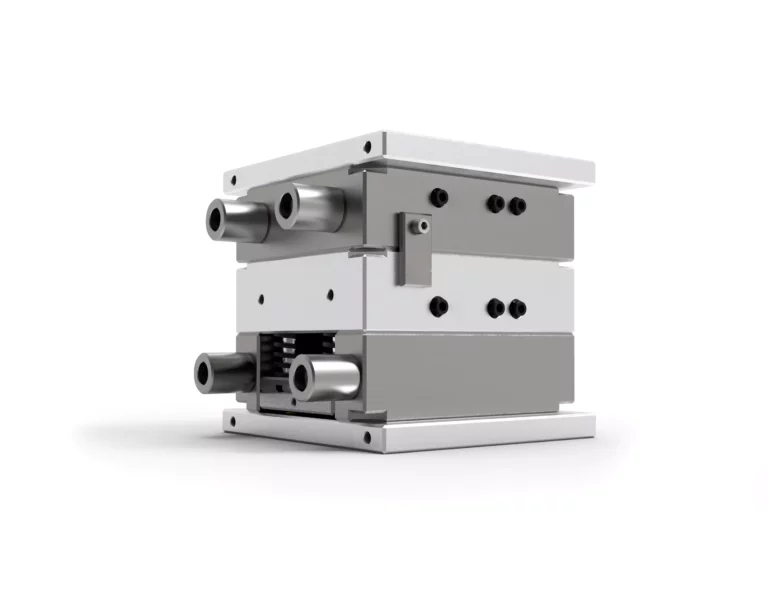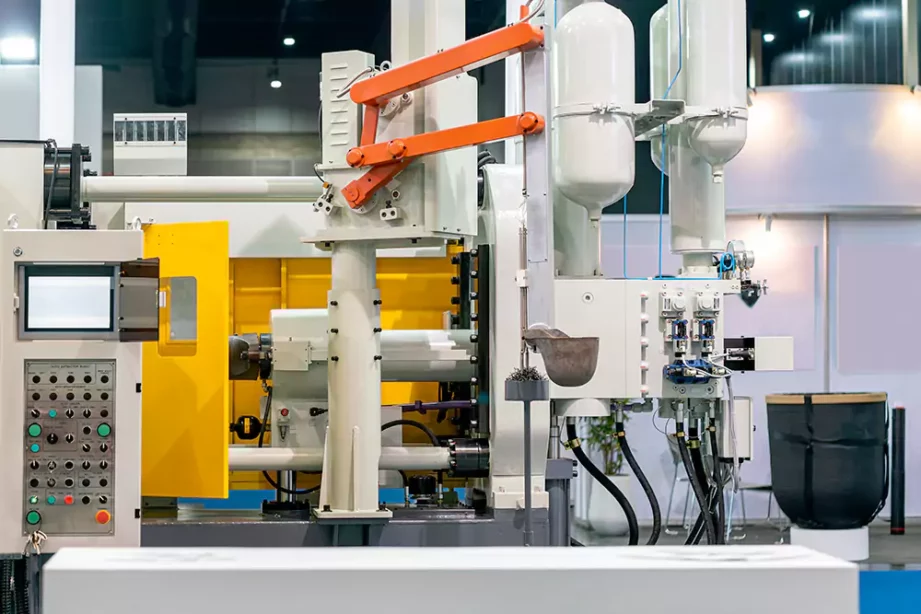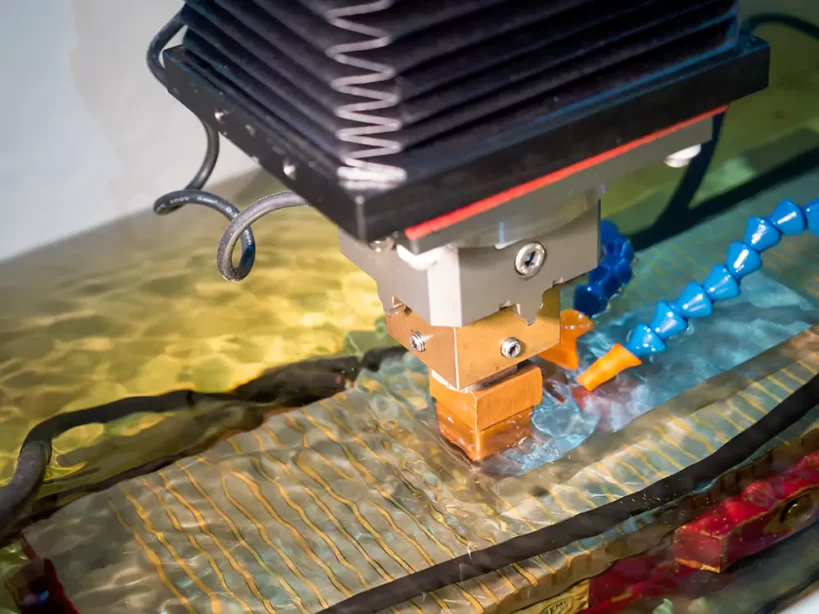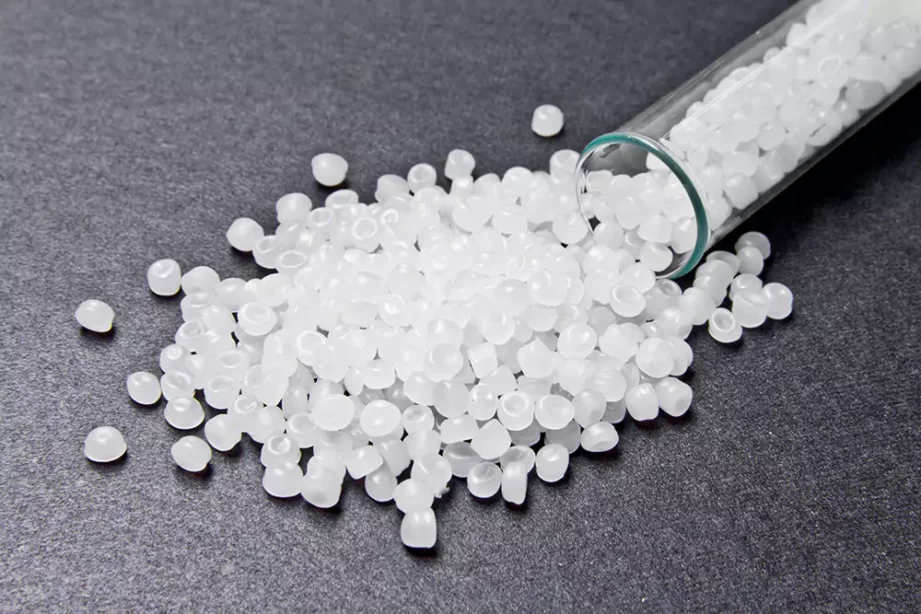How to Calculate Injection Mold Cost
Injection molding is a manufacturing technique used to create components by injecting molten material into a mold. This process can be applied to a wide range of materials, including metals (referred to as die-casting), glass, elastomers, confections, and most commonly, thermoplastic and thermosetting polymers. The material intended for the part is introduced into a heated barrel, where it is mixed using a helical screw, and then injected into a mold cavity. Once inside the cavity, the material cools and solidifies, taking on the shape and form of the mold.
How much does injection molding cost?
Injection molding stands out as a prominent method for producing plastic components and is widely utilized for manufacturing large quantities of identical parts with precise tolerances. This cost-effective and highly consistent technology excels at generating high-quality components for mass production.
The process involves the rapid and intense application of heat and pressure to inject molten material into a mold. The choice of material depends on the specific requirements of the manufacturing project, with thermoplastics like ABS, PS, PE, PC, PP, or TPU being the most popular choices. Additionally, metals and ceramics can also undergo injection molding. The mold comprises a cavity that accommodates the injected molten material, meticulously designed to replicate the final features of the desired part.

Typically, the primary cost determinant in injection molding is the tooling cost, referring to the expense of creating the mold. This cost relies on factors such as production volume, part complexity, mold material, and the chosen mold creation process.
For instance, simpler molds crafted through low-volume 3D printing can cost as little as $100. Conversely, the design and manufacture of intricate molds for high-volume production can reach expenses of around $100,000. Despite the substantial fixed start-up costs, injection molding boasts low variable costs due to the affordability of thermoplastic materials, short cycle times, and gradual reduction in labor requirements through automation and economies of scale. Consequently, the variable production costs remain low, leading to enhanced efficiency, while the cost per part decreases as volumes increase, distributing expenses among numerous parts.
Factors Affecting Injection Molding Cost
The initial cost of an injection mold is not a static figure applicable to all scenarios. It can range significantly, from a few hundred dollars to hundreds of thousands of dollars.
The price range is quite broad, and the specific amount varies depending on various factors associated with the injection molding process. These influencing components that reduce injection molding costs include:
Equipment
The upfront investment required for injection molding equipment can vary significantly depending on the type and application of the machinery.

There are small-scale injection molding machines designed for in-house use by businesses. On the other hand, large injection molding machines are typically utilized by service providers and manufacturers in industries with high production volumes.
Industrial-grade injection molding equipment, intended for professional use, can cost between $50,000 and $200,000. Additional expenses, such as shipping costs, may also apply. These machines require skilled operators and are not suitable for hobbyists or amateurs.
Undoubtedly, this represents a significant financial commitment for any business. As a result, many manufacturers opt to outsource their injection molding needs to experts like 3ERP, who possess state-of-the-art injection molding machinery. Outsourcing provides a cost-effective solution, allowing clients to find the most economical option for their required parts and minimize variable production costs.
Mold (Tooling) Costs
The cost of tooling is a significant factor in injection molding, as it involves expenses for creating the mold and mold base for each different part produced. While the molding equipment is a one-time investment, tooling costs play a crucial role in determining overall costs.
The cost of tooling can vary depending on the chosen process for creating the molds. Typically, two processes are employed:
CNC Machining
CNC machining is commonly used for creating metal molds, such as stainless steel or aluminum molds. For instance, when machining an aluminum mold, cutting tools are used to remove material from an aluminum block. This method ensures exceptional precision in producing aluminum molds.

However, CNC machining does have a slight drawback in terms of machine cycle time for mold production. These machines require setup time for tooling and tool changes for different cut shapes.
Electrical Discharge Machining (EDM)

Electrical Discharge Machining, also known as EDM, is a technology used for creating molds with intricate shapes. It involves using electrical discharges to melt and shape the metal workpiece according to the desired mold design.
Similar to CNC machining, EDM offers high accuracy. However, unlike CNC machining, EDM is suitable only for creating metal molds and cannot be used with other materials.
Injected Material
Injection molding provides flexibility in terms of the materials that can be used as the injection material. Various plastics, including ABS, PU, PE, PP, and PC, are commonly utilized in plastic injection molding processes.
Plastic injection molding costs typically range from $1 to $5 per kilogram. The final cost of the injected material depends on the quantity required, which is determined by the design specifications.

In addition to plastics, other materials suitable for injection molding include various metals and liquid silicone. These alternative materials offer additional options and versatility in the manufacturing process.
Design Complexity
Designing highly complex designs with multiple cavities and requiring high mold polish can result in additional costs. These designs demand extensive research, development, and technical expertise. To fulfill these requirements, you have the option of hiring a professional designer or outsourcing the design process to a specialized firm. However, both options come with associated expenses.
How to calculate the injection molding price?
The Basic Composition
The mold plays a crucial role in the manufacturing of various industrial products, making it an essential requirement for the development and production of a wide range of industrial goods. However, molds typically do not enter the market directly; instead, they are custom-made based on one-to-one contracts agreed upon through business negotiations between the supply and demand sides. Additionally, injection molds are technology-intensive products that are produced in small batches, which means that they impose greater demands on production organization, equipment, and human resources allocation. A key challenge in reaching a mold processing agreement is determining the injection mold price promptly and reasonably.
Specifically, it is crucial to consider the technological value and the additional cost of expedited production (referred to as the crash cost) when determining the price of a molded product. Therefore, the price of a mold = material cost + manufacturing cost + overhead cost + profit + tax + technical value; expedited production cost = mold cost + profit + tax + technical value and crash cost. Among them, mold cost = material cost + manufacturing cost + overhead cost. The manufacturing cost accounts for expenses related to mechanical work, while overhead cost encompasses various costs and expenses incurred by non-machine tool operators during mold production.
Calculation by Experience
The pricing of a mold consists of several components: material fee, design fee, processing fee and profit, value-added tax (VAT), mold trial fee, and packaging and transportation fee. Typically, each component accounts for a certain proportion of the total mold cost as follows:
Material fee
Materials and standard parts cost makeup approximately 15%-30% of the total mold cost.
Processing fee & profit
This component generally represents 30%-50% of the total cost, incorporating the expenses for processing the mold and the desired profit margin.
Design fee
Around 10%-15% of the total mold, cost is allocated to cover the expenses associated with the design process.
Mold trial fee
For large and medium molds, the trial cost is typically kept within 3% of the total mold cost, while for small precision molds, it is within 5%.
Packaging & transportation fee
The cost for packaging and transportation can be calculated based on the actual amount or set at a fixed rate of 3% of the total mold cost.
Material Coefficient
The material fee for a mold can be determined by considering the size of the mold and the current price of the materials used. The mold price is calculated as a multiple of the material fee, with different multiples depending on the type of mold:
For plastic molds: The mold price is typically 6 times the material fee.
For die-casting molds: The mold price is generally 10 times the material fee.
Estimation of Mold Price
The initial step is to consider the customer’s requirements as they determine the selection of materials and thermal treatment process for the mold.
Once the material is chosen, a preliminary mold plan should be developed, taking into account the weight of the mold (including the core and formwork material) and the cost of thermal treatment. Additionally, the weight of the mold base should be included in this calculation.
Processing costs should be considered next. The processing fee for the mold core is generally 1.5-3 times the price of the core material, depending on its complexity. The processing fee for the mold base is typically equal to the cost of the base material.
A cost for potential risks should be factored in, usually amounting to 10% of the total price calculated so far.
Finally, a design fee of 10% of the total mold cost should be included.
Injection Mold Price Estimation and Quotation
The mold is a technologically advanced product designed for specific purposes, which means that we should not prioritize catering to customers with low prices or selling at a loss. Instead, our focus should be on ensuring high quality and offering a competitive price. We prioritize the quality, precision, and service life of the mold without overemphasizing its cost. Opting for low-priced molds can make it challenging to guarantee their quality, precision, and service life.
In cases where mold manufacturing and product development/production are within the same accounting unit or financially interconnected, the mold price should be quoted as the cost price of the mold. The mold price estimation should only consider the basic cost of the mold, excluding other costs and profits for the time being. Later on, once the mold is put into production, the added value of the mold fee can be derived from the generated profits as compensation. However, it’s important to note that this initial quotation cannot be considered as the actual price of the mold but rather as the mold cost in the early development stage.
In the future, after the product is successfully developed and profits are generated, the added value of the mold fee should be extracted and returned to the mold maker. The combination of these two factors forms the final price of the mold. At this point, the price of the mold may be higher than the one initially obtained, and the return on investment (ROI) could be significantly higher, potentially tens or even hundreds of times higher than the original mold cost. However, it is also possible that the ROI is zero, depending on the circumstances.